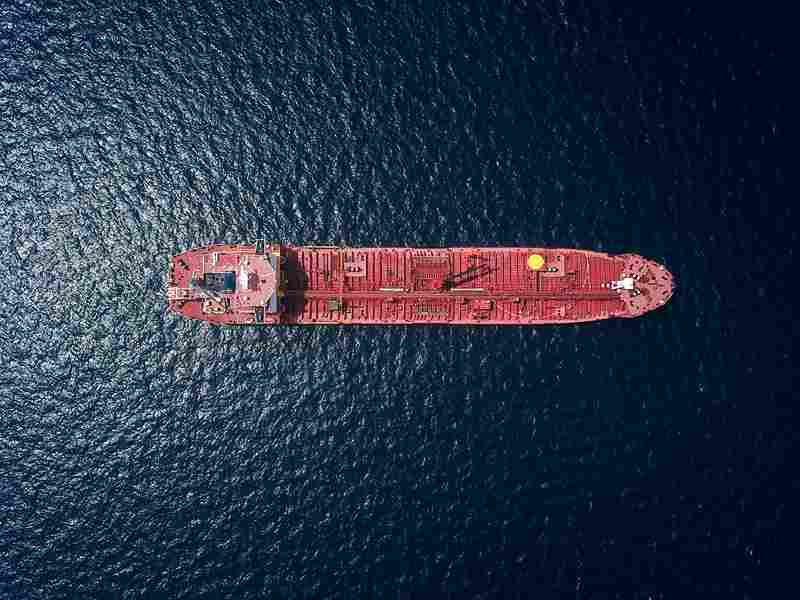
Technological advancements in marine fuel production and supply
Introduction
In the vast world of oceans, a quiet revolution is happening as technology transforms the way ships are fueled. This article explores the exciting advancements in making marine fuels cleaner and more sustainable, from new fuels to smart ways of getting them to ships.
- Riding the LNG Wave: Picture this: ships using liquefied natural gas (LNG) as fuel, emitting fewer pollutants and being kinder to the planet. That’s the buzz around LNG, a cleaner alternative gaining popularity. With improved bunkering facilities and storage systems, LNG is making waves as a more eco-friendly choice.
- Turning Gas into Liquid Gold (GTL): There’s a cool tech called Gas-to-Liquid (GTL) that turns natural gas into liquid fuels. These clean and high-quality fuels have less sulfur. GTL is turning heads for making fuels that are not only better for the environment but also promise better efficiency.
- Hydrogen, the Zero-Emission Hero: Imagine a world where ships run on hydrogen, emitting nothing but water. Hydrogen is being looked at as a game-changer for a zero-emission future. Technologies like electrolysis, using renewable energy, are making hydrogen a serious contender to power ships without harming the environment.
- Ammonia-Powered Ships: Yes, you heard it right—ammonia might fuel ships in the future. With advancements in production and storage, ammonia is being explored as a carbon-free option. This innovation aligns with the maritime industry’s push for cleaner solutions.
- Biofuels and Clever Feedstocks: From algae to waste products, biofuels are making a splash. Better production methods are making biofuels a renewable alternative to traditional fuels. Scientists are also cooking up advanced bio-based feedstocks, making marine fuels both sustainable and low-carbon.
- Methanol, a Clean-Burning Option: Methanol is like a superhero in the clean fuel world. It’s versatile, burns cleaner, and promises to cut greenhouse gas emissions. With tech advancements in production and storage, methanol is becoming a go-to choice for a greener marine future.
- Powering Up with Batteries: The future could see more ships using electricity, thanks to better battery technologies. Faster charging and higher energy density are making electric and hybrid-electric options more feasible. This tech is not just good for the environment; it’s also helping ships become more energy-efficient.
Smart Supply Chain Moves
- Digital Magic in Bunkering: Technology is making bunkering operations smarter with data analytics and automation. Digital platforms are bringing transparency and efficiency to fuel procurement, delivery, and consumption. Think of it as the Uber of the seas but for getting the right fuel at the right time.
- Blockchain: A Trusty Sidekick: Blockchain, the tech behind cryptocurrencies, is stepping into the marine fuel supply chain. It’s like a secure and transparent diary for tracking fuel from production to delivery. Blockchain can reduce fraud, ensure compliance, and make the fuel journey more reliable.
- Guessing Fuel Use? Not Anymore: Predictive analytics are helping ship operators forecast how much fuel they need. By looking at past data and ship performance, these smart algorithms help plan better routes and improve fuel efficiency. It’s like having a crystal ball for ships, but based on data, not magic.
- Automation for Bunker Operations: Imagine bunkering without the hassle. Automated systems are streamlining key tasks, reducing errors, and making the bunkering process more efficient and safe. These systems are like the autopilot for getting fuel to ships.
Challenges and Considerations
- Building the Right Stuff: Adapting to new fuels often means building new infrastructure, like LNG bunkering facilities or hydrogen production networks. This is a big challenge that needs attention for these cool technologies to become widespread.
- Money Matters: Sometimes, trying out new technologies can be expensive upfront. The long-term benefits are clear, but financial help, subsidies, and supportive policies are needed to encourage everyone to make the switch.
- Following the Rules: New technologies need to play by the rules. They must follow the evolving environmental regulations and meet emission standards. Clear and consistent rules are crucial for everyone to adopt these new and exciting technologies.
- Safety First: Some of the new fuels, like hydrogen and ammonia, need extra care because they are different. Safety is a big consideration, and technology needs to make sure these fuels are handled, stored, and transported safely.
What Lies Ahead
- Teamwork Makes the Dream Work: Changing how ships are fueled needs teamwork. Governments, companies, and researchers should work together globally. This collaboration helps make rules, share the best ideas, and make sure everyone around the world can use these cool technologies.
- Keep Investing in New Ideas: The journey to cleaner marine fuels is still going. More investment in research and development is needed to keep coming up with new ideas. Innovations in making fuels, better engines, and smarter supply chains are key to a cleaner future.
- Carbon-Neutral Dream: The big dream is for ships to be carbon-neutral. This means no harmful emissions. The journey involves using zero-emission fuels and getting better at using energy. It’s an exciting path toward a cleaner and greener way of sailing the seas.
Conclusion
Technology is steering the ship toward a cleaner and more sustainable future for marine fuels. From LNG to hydrogen, biofuels to smart bunkering, these advancements are changing the way ships are powered. Challenges exist, but with teamwork, investment in research, and a commitment to cleaner practices, the journey toward a cleaner marine future is well underway. As ships sail into this new era, the goal is clear: to navigate the seas responsibly and make them a better place for everyone.





